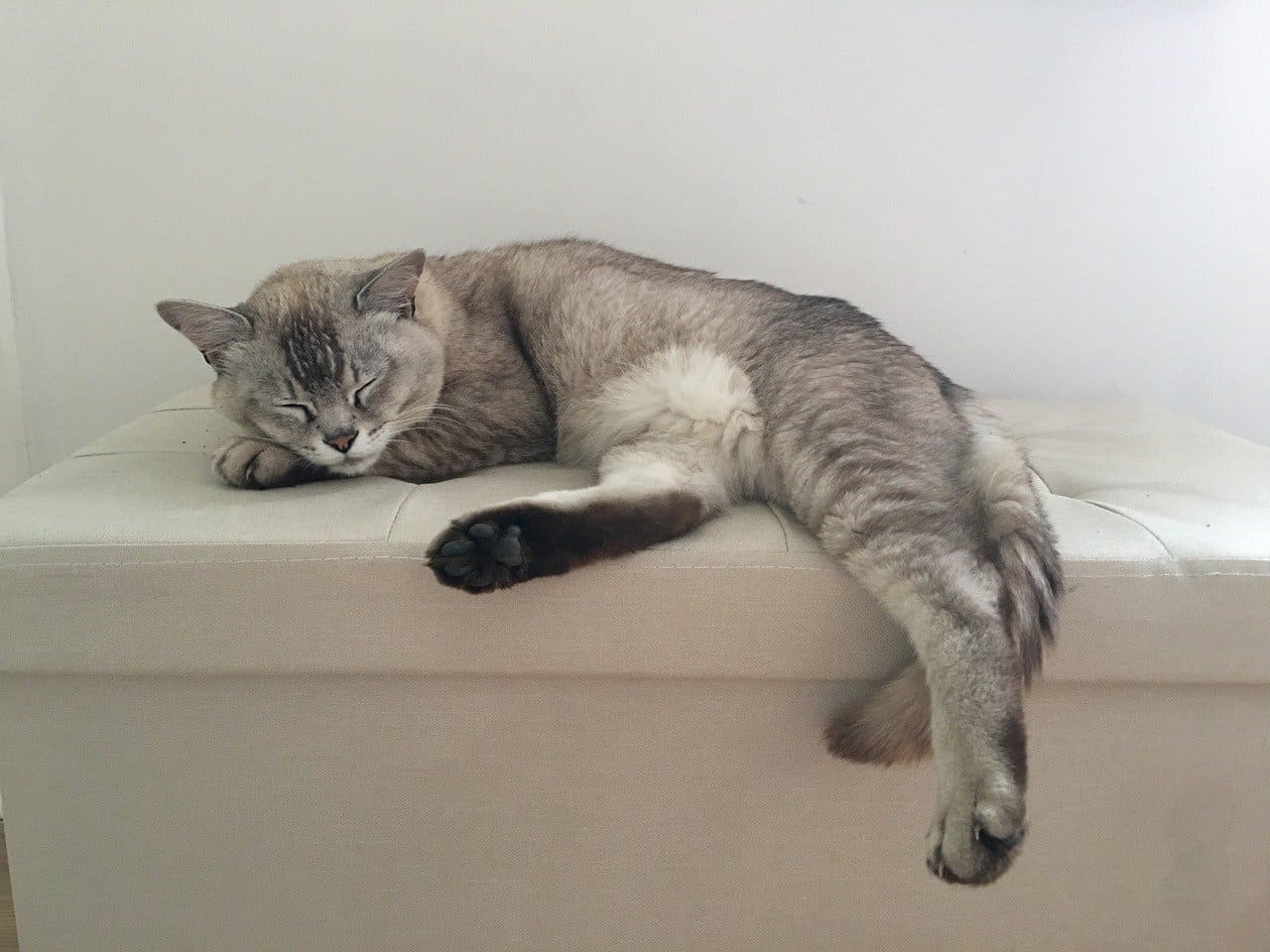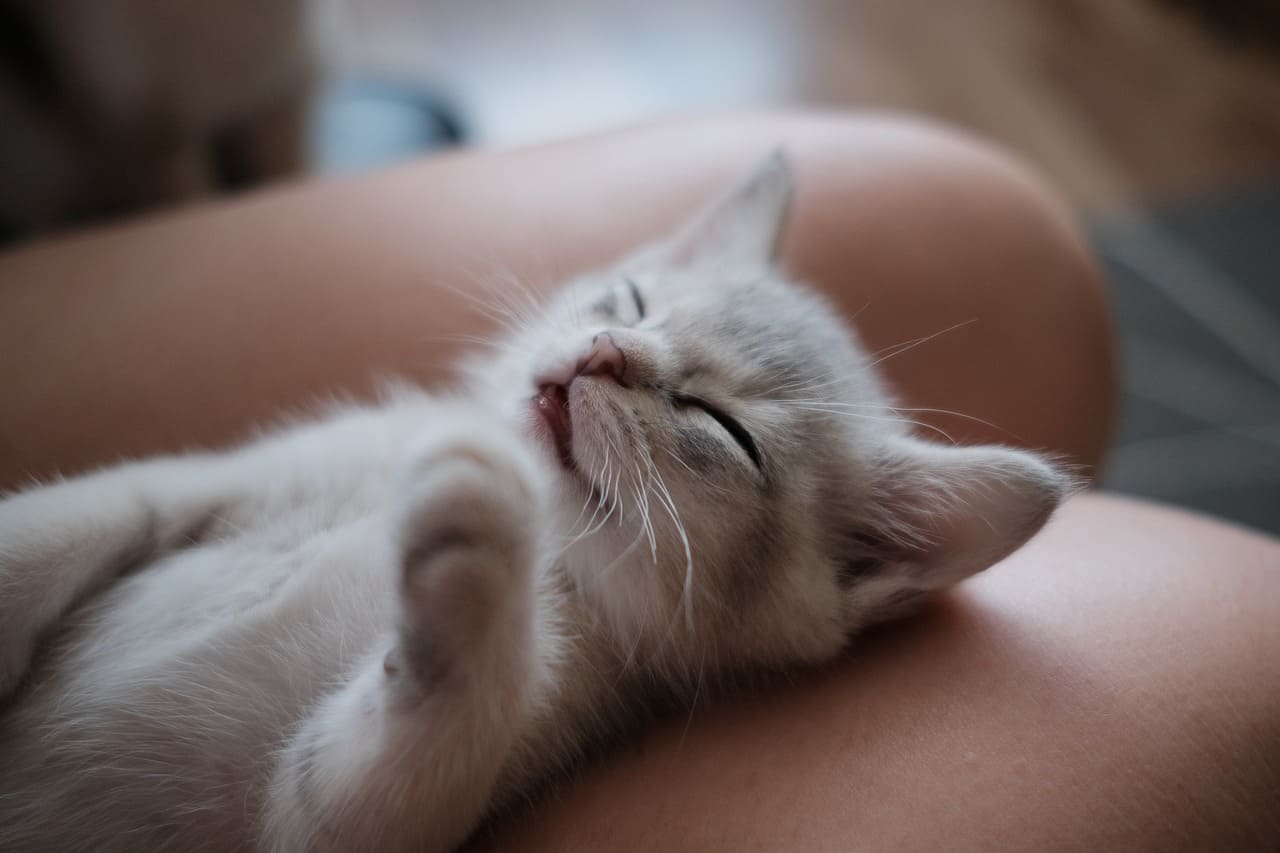The Burmilla cat is a charming and elegant breed known for its striking appearance and affectionate personality. With a blend of Burmese and Chinchilla Persian ancestry, these cats exhibit a unique combination of traits that have made them popular among cat enthusiasts. In this comprehensive article, we will delve into the history, physical characteristics, temperament, care requirements, and more about the Burmilla breed.
History and Origins

The story of the Burmilla breed begins with an accidental love affair between a Burmese cat named “Bambino Lilac Fabergé” and a Chinchilla Persian cat named “Sanquist.” In 1981, Baroness Miranda von Kirchberg, the owner of Bambino Lilac Fabergé, allowed her Burmese cat to socialize with Sanquist, leading to an unexpected mating. The result was a litter of kittens with a delightful combination of Burmese and Chinchilla Persian traits.
Recognizing the beauty and appeal of these kittens, the Baroness and her husband, Sir Walter Gilbey, decided to develop the breed intentionally. They named the new breed “Burmilla,” a portmanteau of “Burmese” and “Chinchilla,” to reflect the cats’ unique heritage.
In 1984, the Burmilla breed was officially recognized by The Cat Fanciers’ Association (CFA) in the United Kingdom. Since then, Burmilla cats have gained popularity worldwide for their distinctive appearance and friendly temperament.
Physical Characteristics
Burmilla cats are known for their graceful and elegant appearance, which combines the best features of Burmese and Chinchilla Persian breeds.
Coat
The most striking feature of the Burmilla cat is its dense, silky coat, which shimmers in the light due to its silver-tipped hairs. This coat is often described as “tipped” or “shaded,” giving the cat a luxurious and regal appearance. Burmilla cats come in various colors, including black, chocolate, lilac, blue, red, cream, and tortoiseshell. The coat patterns can range from solid to tabby, creating a diverse and visually appealing array of Burmilla cats.
Body Type
Burmilla cats have a medium-sized body with a well-muscled and compact build. They are neither overly slender nor overly robust, striking a balance between elegance and strength. Their legs are of medium length, and their paws are small and rounded.
Head and Face
The head of a Burmilla cat is rounded, with a moderately broad skull and expressive eyes that come in shades of green or yellow. Their eyes have a sweet and gentle expression, adding to their overall charm. The ears are medium-sized, with rounded tips, and they are set slightly apart on the head. Burmilla cats have a straight nose and a well-defined chin, contributing to their pleasing facial structure.
Size and Weight
Burmilla cats are medium-sized, with males typically weighing between 8 to 12 pounds (3.6 to 5.4 kg) and females ranging from 6 to 9 pounds (2.7 to 4.1 kg). Their size and weight provide them with a sturdy and balanced physique.
Temperament and Personality
Burmilla cats are celebrated for their affectionate and sociable nature. They make wonderful companions for individuals and families alike, and they are known for their engaging personalities. Here are some key characteristics of their temperament:
Affectionate
Burmilla cats are exceptionally affectionate and enjoy being close to their human family members. They often seek out attention, cuddles, and companionship. Their loving nature makes them excellent lap cats, and they thrive on human interaction.
Playful
These cats have a playful and lively disposition, and they enjoy interactive play and games. Providing them with toys and engaging activities can keep them mentally stimulated and physically active. Burmilla cats often retain their playful nature well into adulthood.
Social
Burmilla cats are highly social and enjoy being part of the family. They are friendly with visitors and often get along well with other animals, making them a great choice for households with other pets. Their adaptable and sociable nature makes them easy to integrate into various social environments.
Vocal
While not excessively vocal, Burmilla cats may engage in soft purring and meowing to communicate with their owners. Their voices are typically gentle and pleasant, reflecting their gentle disposition.
Intelligent
These cats are intelligent and quick learners. They enjoy interactive toys and puzzles that challenge their minds. Mental stimulation is essential for their well-being, and they benefit from activities that engage their intelligence.
Curious
Burmilla cats are naturally curious and enjoy exploring their surroundings. They may investigate new objects and spaces, and they appreciate having a stimulating environment to satisfy their curiosity. Ensuring a safe and enriching living space is important for their overall happiness.
Loyal
Burmilla cats form strong bonds with their owners and are known to be loyal and devoted. They often follow their human family members around the house and enjoy being involved in daily activities. Their loyalty adds to their endearing qualities as companions.
Care and Maintenance

Taking care of a Burmilla cat involves providing proper nutrition, grooming, and regular veterinary care. Here are some key considerations for maintaining their health and well-being:
Diet
A high-quality cat food is essential for Burmilla cats. They should be fed a balanced diet that provides the necessary nutrients for their specific life stage, whether it’s kitten, adult, or senior. Consult with your veterinarian to determine the right type and amount of food for your cat, and be mindful of portion control to prevent overeating and obesity.
Grooming
Burmilla cats have a moderately dense coat that requires regular grooming to keep it in good condition. Regular brushing can help remove loose hairs, prevent matting, and maintain the coat’s luxurious shine. Brushing two to three times a week is usually sufficient to keep their coat looking its best.
Health
Burmilla cats are generally healthy cats, but regular veterinary check-ups are crucial for monitoring their overall health and addressing any potential issues. Common health concerns for Burmilla cats may include dental issues and obesity. Dental care is important, and maintaining a healthy weight is essential for their well-being.
Exercise
These cats have a playful nature and enjoy regular exercise. Interactive toys, puzzle feeders, and play sessions can keep them physically and mentally fit. Providing a stimulating environment and opportunities for play is important to prevent obesity and boredom.
Litter Box
Make sure to provide a clean and easily accessible litter box for your Burmilla cat. Regular cleaning and scooping are necessary to ensure their hygiene and prevent any litter box aversions.
Safety
Burmilla cats’ curious nature can lead them to explore and investigate, so ensure your home is safe by removing potential hazards. Secure toxic substances, plants, and small objects that could be ingested, and provide appropriate scratching posts to deter furniture scratching.
Common Myths and Misconceptions
There are some myths and misconceptions about Burmilla cats that should be addressed:
Myth: Burmilla cats are high-maintenance due to their luxurious coat.
Reality: While Burmilla cats have a beautiful coat, it is not excessively high-maintenance. Regular grooming with a few brushing sessions per week is typically sufficient to keep their coat in good condition.
Myth: Burmilla cats are aloof and independent.
Reality: Burmilla cats are known for their affectionate and social nature. They form strong bonds with their human family members and enjoy being close to them.
Myth: Burmilla cats are extremely rare and hard to find.
Reality: Burmilla cats are recognized by various cat associations, and while they may not be as common as some other breeds, they are not extremely rare. Reputable breeders and rescue organizations specialize in this breed, making it possible to find a Burmilla cat.
Myth: Burmilla cats are not intelligent.
Reality: Burmilla cats are intelligent and enjoy problem-solving activities and interactive toys. They benefit from mental stimulation to keep their minds active and engaged.
Breeding and Genetics
Breeding Burmilla cats involves adhering to specific breeding standards to maintain the breed’s unique appearance and temperament. To produce purebred Burmilla cats, breeders must focus on preserving the breed’s characteristics. Here are some key points about breeding and genetics:
Coat Color and Pattern
Burmilla cats have a distinctive coat with silver-tipped hairs that create a shaded or tipped appearance. Breeders select for cats with the desired coat color and pattern to ensure the breed’s unique appearance.
Breeding Standards
Reputable breeders adhere to strict breeding standards to preserve the breed’s integrity. This includes ensuring that the kittens have the appropriate coat color, pattern, and physical characteristics, such as the elegant body type and expressive eyes. Breeding for health and temperament is also a priority.
Registration
Burmilla cats are recognized by various cat associations, including The International Cat Association (TICA) and the Cat Fanciers’ Association (CFA). To register a Burmilla cat with these organizations, breeders must adhere to their breeding and registration requirements.
Health Testing
Responsible breeders conduct health testing to screen for genetic disorders that can affect Burmilla cats, such as dental issues and obesity. This helps ensure the health and well-being of the kittens and their future owners.
Finding a Burmilla Cat
If you’re interested in adding a Burmilla cat to your family, there are several options for finding one:
Reputable Breeders
Contacting a reputable breeder is one of the best ways to acquire a purebred Burmilla cat. Look for breeders who are registered with cat associations, follow ethical breeding practices, and prioritize the health and well-being of their cats.
Rescue Organizations
You can also consider adopting a Burmilla cat from a rescue organization or shelter. While purebred Burmilla cats may be less common in rescues, it’s possible to find a cat with Burmilla characteristics in need of a loving home.
Cat Shows
Attending cat shows and expos can be a great way to meet breeders, see Burmilla cats in person, and learn more about the breed. It’s also an opportunity to ask questions and gather information about potential breeders.
Conclusion

The Burmilla cat is a breed that combines elegance with a loving and sociable personality. With their striking coat and affectionate nature, Burmilla cats have earned a special place in the hearts of cat lovers. If you’re considering adding a Burmilla to your family, be prepared to provide the love and attention these charming cats crave. Whether you acquire one through a reputable breeder or choose to adopt from a rescue, a Burmilla cat is sure to bring beauty and warmth to your home.